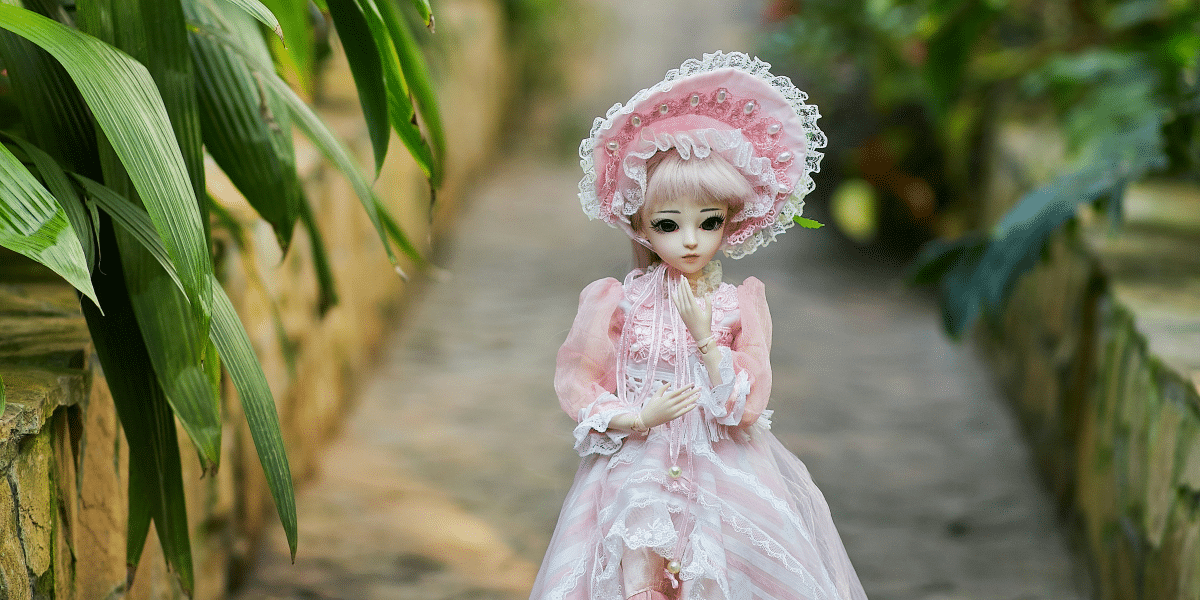Source: Becca Tapert on Unsplash
Barnes & Noble, Inc. is the largest bookselling chain in the United States. It gained prominence with its supermarket-style book stores in the 1970s, which offer various books at discount prices. Barnes & Nobles is also a part-owner of Chapters, Canada’s largest retail book sales. The company got into the online bookselling world in 1997 to compete with Amazon, and its total sales for the fiscal year ending on January 31, 1998, amounted to about $2.8 billion. The birth of Barnes & Noble dates back to 1873 when Charles Montgomery Barnes opened a second-hand book business in Wheaton, Illinois. He later moved to Chicago, where he began to sell new books, and in 20 years, the C.M. Barnes company was focused solely on school books.
In 1917, his son, William R. Noble, had joined the business and decided to move to New York. He sold the original company and invested in a New York bookstore called Noble & Noble, which sold educational books and was renamed to Barnes & Noble. William left the company in 1929, but they never changed the company name.
Barnes & Noble was strictly a wholesale business that dealt with book dealers, libraries, and schools. It hardly sold to customers looking to buy retail books until it created a small corner for them to purchase books in units. When the demand for a retail textbook store increased, Barnes & Noble opened a retail store in New York City. It was enlarged in 1941 to make it the most preferred store for college and school students to buy their books. The company implemented a telephone service and “Muzak,” all of which boosted sales in the store. The store once had 2 million books in stock, which was quite a high number for any bookstore at the time. Between the 1940s and the 1970s, Barnes & Noble enjoyed astronomical growth, which saw the company add an import and export division, a children books publishing arm, and an outlet for used books. In 1972, it was announced as the biggest bookshop in the world by Guinness World Records
In the early 1970s, the store was performing poorly after the death of John Barnes, the last family member who ran the business in 1969. Amtel bought the company, and things went downhill. In 1971, Leonard Riggio bought the store, named all the other stores he bought “Barnes & Noble,” and expanded it to have nonfiction books and how-to books. His goal was to make more books available to people who read for information rather than entertainment. New stores opened up in New Jersey, New York, and Pennsylvania, which all functioned like book supermarkets. This gave the company the boost it needed to regain its glory. The company went public in 1993 to raise cash, and Riggio kept almost one-third of the stock to himself.
In March 1997, Barnes & Noble decided to take its services online by becoming the exclusive bookseller on America Online (AOL) thus, driving Amazon, which was the leading online bookseller, out of business. It became a power tussle between the two companies, and for months, they competed heavily while they both lost money. In August 2019, Elliot Advisers (UK) Limited bought Barnes & Noble, and they took the company private. Presently, Barnes & Noble is in all fifty states in the United States and serves more than 600 communities. It remains the number book retailer in the United States despite the stiff competition from other retailers and even online booksellers.
References
https://www.barnesandnobleinc.com/about-bn/history/
https://www.encyclopedia.com/economics/economics-magazines/barnes-noble-inc
https://www.mentalfloss.com/article/69259/14-page-turning-facts-about-barnes-noble








